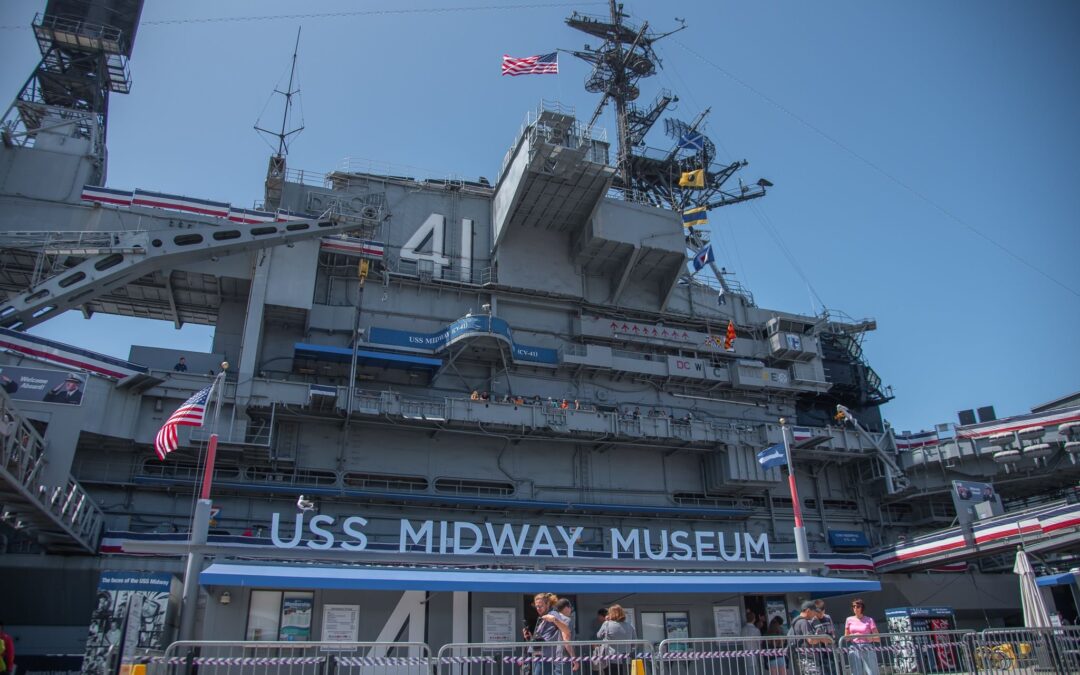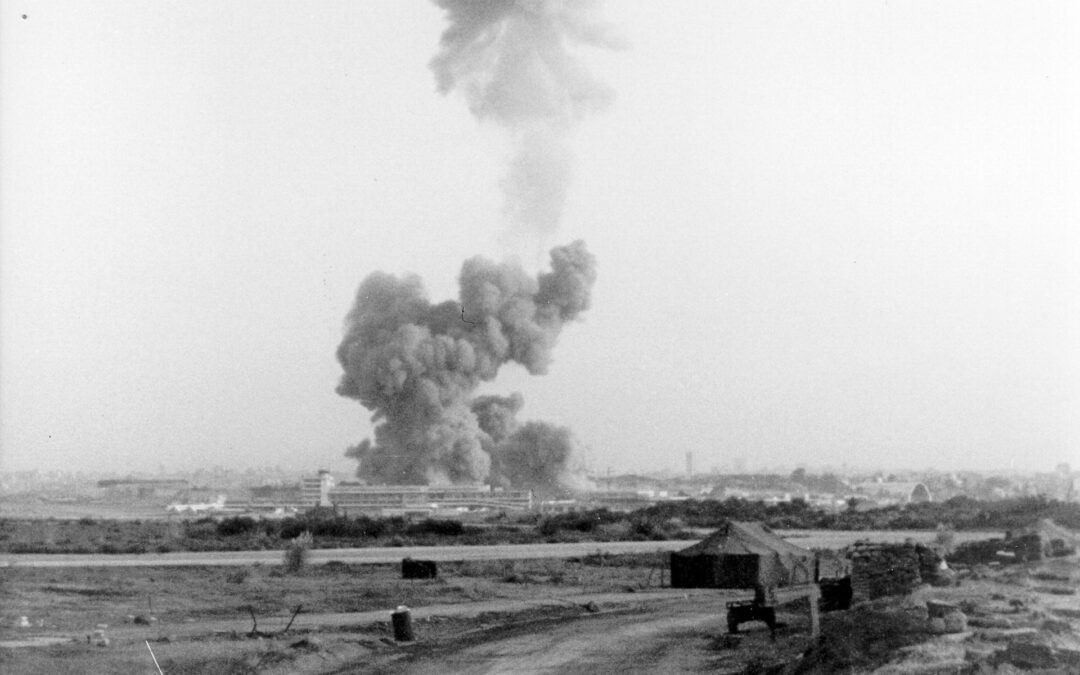The USS Midway aircraft carrier is America’s most popular naval warship museum. Located in downtown San Diego, the museum is open 10am to 5pm 7 days a week, closing only for Thanksgiving and Christmas Day. The museum holds over 700 events a year, from Navy retirements and re-enlistments to changes of command. What is the USS Midway Known For? Commissioned after the culmination of World War II, the USS Midway was one of the longest-serving aircraft carriers of the 20th century. The United States Navy used the Midway throughout the Cold War, until the carrier was decommissioned in 1992. Midway was an important contributor to the US war effort in Vietnam. During Operation Frequent Wind, known by civilians as the evacuation of Saigon, the Midway was the scene of a heroic rescue. Major Buang-Ly of the Republic of Vietnam Air Force loaded his family of seven onto a 2-seat Cessna O-1, evaded enemy ground fire while fleeing occupied Côn Sơn, and pleaded with Midway to let him land. After...











